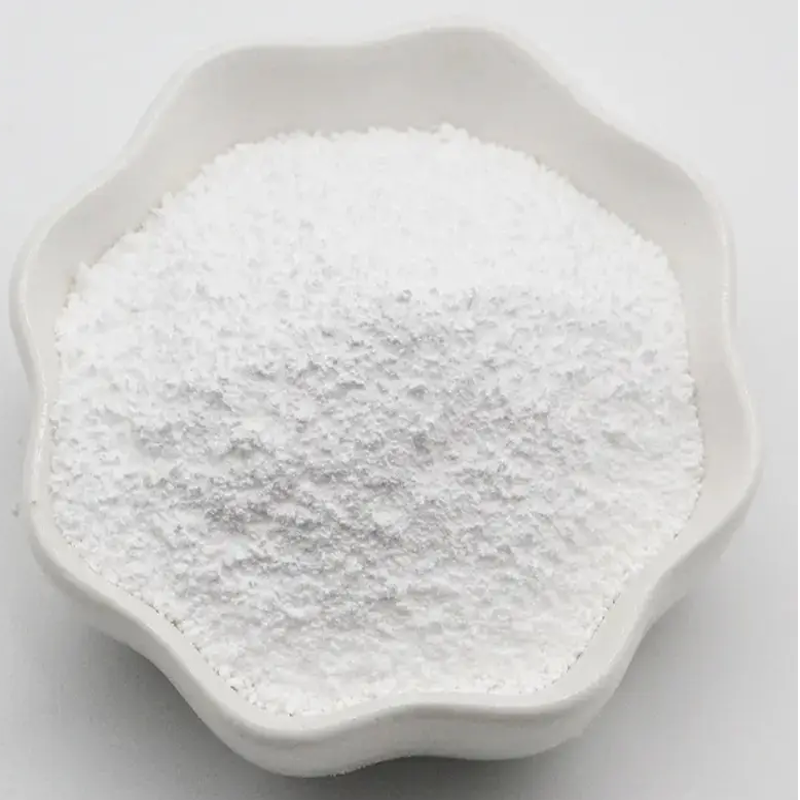-
Categories
-
Pharmaceutical Intermediates
-
Active Pharmaceutical Ingredients
-
Food Additives
- Industrial Coatings
- Agrochemicals
- Dyes and Pigments
- Surfactant
- Flavors and Fragrances
- Chemical Reagents
- Catalyst and Auxiliary
- Natural Products
- Inorganic Chemistry
-
Organic Chemistry
-
Biochemical Engineering
- Analytical Chemistry
- Cosmetic Ingredient
-
Pharmaceutical Intermediates
Promotion
ECHEMI Mall
Wholesale
Weekly Price
Exhibition
News
-
Trade Service
*Only for medical professionals to read and refer to "The 3rd Pudong Forum on Clinical Diagnosis and Treatment of Difficult and Rare Respiratory Diseases" "Resolve" difficulties and "see" rare pulmonary cryptococcosis (Pulmonary Cryptococcosis, PC) is caused by a new type of cryptococcal infection The clinical and imaging manifestations of pulmonary mycosis lack specificity and are prone to misdiagnosis
.
In the face of clinical doubts about pulmonary cryptococcosis, what is the main route of pulmonary cryptococcosis? What is the relationship with body immunity? Are the pathological changes of pulmonary cryptococcosis related to imaging changes? Where should we find answers? Come to unveil the mystery of pulmonary cryptococcosis, don't worry, dry goods will be delivered immediately! On October 29th, at the "The 3rd Pujiang Forum for the Clinical Diagnosis and Treatment of Difficult and Rare Respiratory Diseases" held in Shanghai Dongfang Hospital, Professor Xu Wujian from Dongji Special lecture on pathology and its imaging
.
What are you waiting for, let's take a look! First of all, Professor Xu introduced the subject through a case of a patient diagnosed with pulmonary cryptococcosis, mainly from the body's immune defense mechanism against cryptococcosis, the pathological basis of pulmonary cryptococcosis, and the correlation between the pathology and imaging changes of pulmonary cryptococcosis.
Explained in three aspects.
During the explanation process, the key answers to clinical doubts were given
.
What are the main infection routes and main pathogenic factors of Cryptococcus? Cryptococcus is a kind of yeast, 4-20μm, 2-3 times the size of erythrocytes, PAS staining is red, with a broad capsule, the main clinical isolate is Cryptococcus neoformans
.
The main infection methods of Cryptococcus: inhalation of spores in the air, skin wound inoculation, gastrointestinal transmission; asymptomatic infections are common, and can be activated to spread to other parts when the host immunity is reduced; mainly invades the central nervous system and lungs, and others include skin, Bones, liver, heart, eyes
.
Cryptococcus is the main pathogenic factor leading to human disease: Capsular polysaccharide: inhibits neutrophil phagocytosis, weakens T cell response, and induces antigen-specific immune tolerance; melanin: removes peroxides and other oxides, and protects the bacteria from attack Secreted toxic proteins: capsule precursors, enzymes, etc.
; changes in the morphology of the bacterial wall and bacterial body are conducive to immune escape
.
2.
The relationship between the body's immune defense mechanism and cryptococcus? After cryptococcus enters the human body, it first activates the human body's innate immune defense system.
As the main component of innate immunity, macrophages must first identify and swallow the cryptococcus that enters the human body
.
Professor Xu mentioned: Macrophages have a bactericidal effect only after activation, and there are still controversies in the innate immune response of neutrophils and NK cells
.
Macrophages pass through a phagosome and release a free oxygen to kill bacteria
.
But at the same time, Cryptococcus will also evolve some defense mechanisms in macrophages to destroy phagosomes
.
If the "power" of macrophages is not enough and the phagosome is destroyed by Cryptococcus, Cryptococcus can "take advantage of the deficiency" and expand and multiply inside the cell, thereby destroying immune cells and releasing them to the outside, leading to the spread of infection
.
In summary, Professor Xu pointed out that the three main outcomes after macrophages recognize Cryptococcus are: ① Killing Cryptococcus; ② Cryptococcus lurking in macrophages and inducing the formation of local granulomatous inflammation; ③ When the immunity is insufficient , Cryptococcus rapidly multiplies intracellularly, breaks fast immune cells, and releases to the outside of the cell
.
After cryptococcus invades the human body, adaptive immunity of the lung helps the innate immune system to effectively defend by regulating the innate immunity.
This is inseparable from the precise balance between Th1 and Th2 lymphocyte responses, which depends on Th1 and macrophages.
Cooperation between
.
Intracellular parasitism is an important mechanism of cryptococcal immune evasion
.
The pathological characteristics of three lung cryptococcosis generally speaking, in general pathology, according to the immune status of the human body, the involved parts of cryptococcosis after infection are different
.
From mild single involvement of the trachea and bronchus, no tissue invasion, to confined to the lungs without spreading outside the lungs; and, cryptococcal bacteria can also spread to the lymph nodes, causing lymph node syndrome; residual cryptococcal granuloma lungs after treatment Nodular lesions, leaving cryptococcal tumor masses; when the body's immunity is extremely reduced, cryptococcus can spread through blood
.
Cryptococcosis is generally pathologically manifested as single or multiple, solid gray-yellow, brown-yellow lumps on the cut surface, with mucus-like or gel-like changes; when disseminated infection, the lung weight is heavier and there is consolidation
.
Figure 1 Cryptococcus is stained by hematoxylin-eosin staining (HE), and transparent voids are formed around the bacteria; after PAS staining and hexaamine silver staining, special positive expression can be stained; while in mucus red After staining, the outer membrane of the bacteria appears bright red, which is of characteristic diagnostic significance for Cryptococcus
.
According to the body’s immune response state, preliminary classification is made in pathology: immune normal individuals: granulomatous inflammation; necrotizing granuloma: accumulation of a large number of histiocytes, multinucleated giant cells, and epithelioid histiocytes, with chronic inflammatory fibers Granulomas that turn into background composition; capillary/interstitial involvement; extensive lung involvement; sometimes non-specific obliterative bronchiolitis and organizing pneumonia can be seen
.
Figure 2 Inflammatory cell infiltration, mucinous exudation in the alveoli, invasion into the small blood vessels of the lungs.
Four general imaging features of lung cryptococcosis.
Common manifestations: single or multiple nodules in the subpleural area, and focal consolidation areas; Patchy consolidation with unclear edges or clear consolidation with air bronchial signs; 10%-40% of them have cavities
.
Rare manifestations: lung mass, consolidation area, lymphadenopathy; diffuse miliary shadow; acute interstitial pneumonia; pleural effusion
.
Among all types, calcification and caseous necrosis are rare, and cavities may be formed
.
Figure 3 Typical imaging manifestations of pulmonary cryptococcosis Professor Xu pointed out: The imaging characteristics of the consolidation type of immune normal hosts are more common in the lower lobe under the pleura, and they are more common in unilateral distribution, with angiographic signs and proximal air bronchial signs.
And halo sign
.
At the end of the lecture, Professor Xu made a summary of what he said, and once again emphasized that Cryptococcus is an opportunistic pathogen with inhalation as the main route.
It is mainly distributed under the pleura and is closely related to the immune status of the body
.
Macrophages play a key role in the immune defense of Cryptococcus
.
When the function of macrophages is sufficient, cryptococcus can be killed in the initial stage, and when immunodeficiency occurs, especially when cellular immunodeficiency occurs, cryptococcus can lie in the cell and spread
.
The relative immune status determines the pathological changes of pulmonary Cryptococcus, from early exudation to consolidation to nodules and necrosis.
Different diseases show imaging polymorphisms
.
Starting from the pathology, it is helpful to understand some pathological changes of pulmonary cryptococcosis
.







